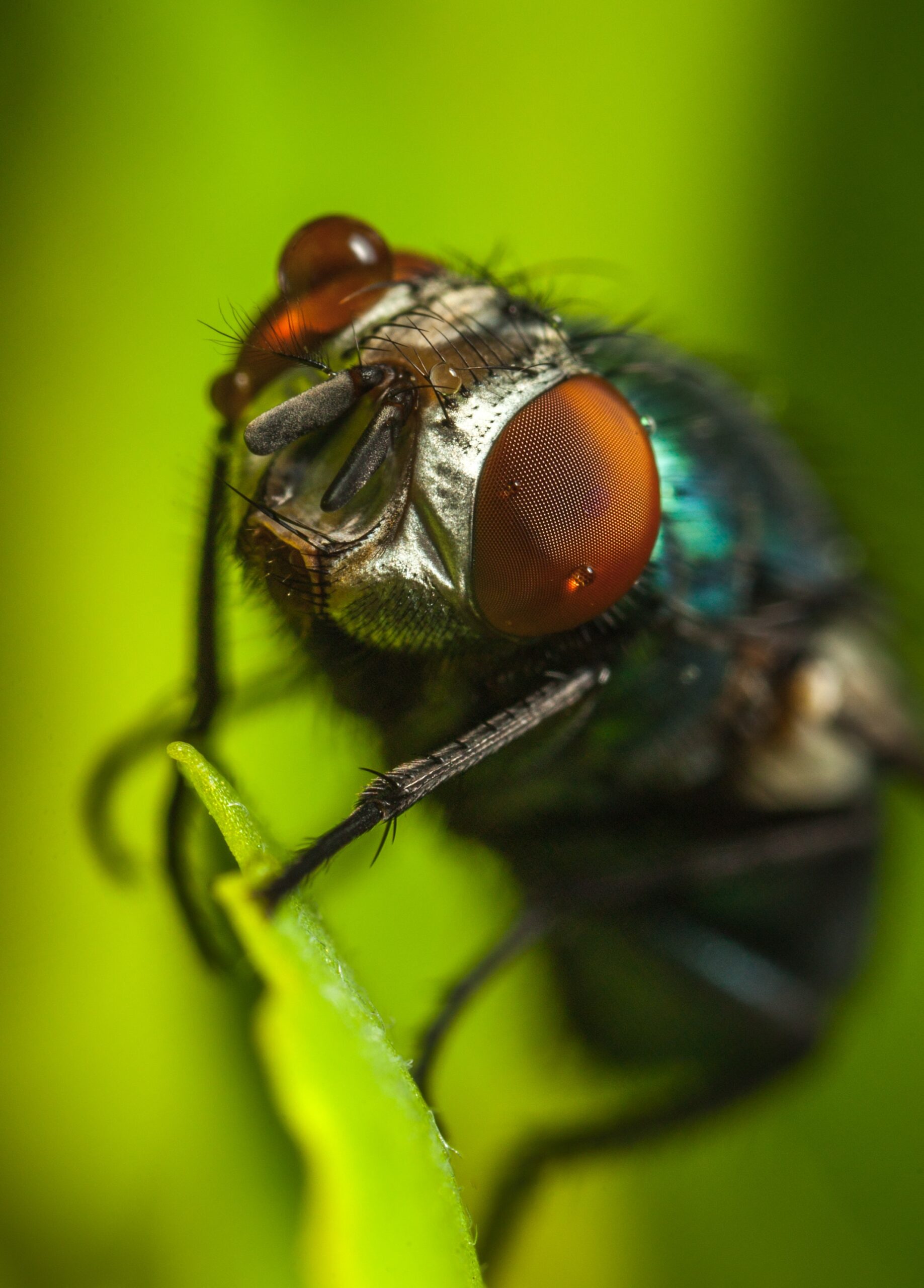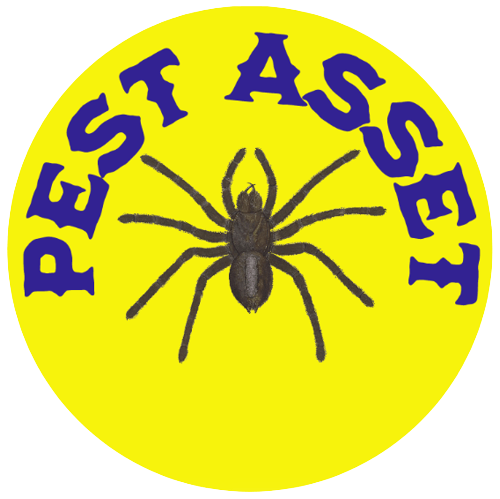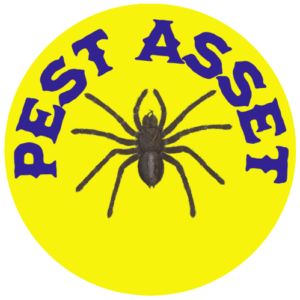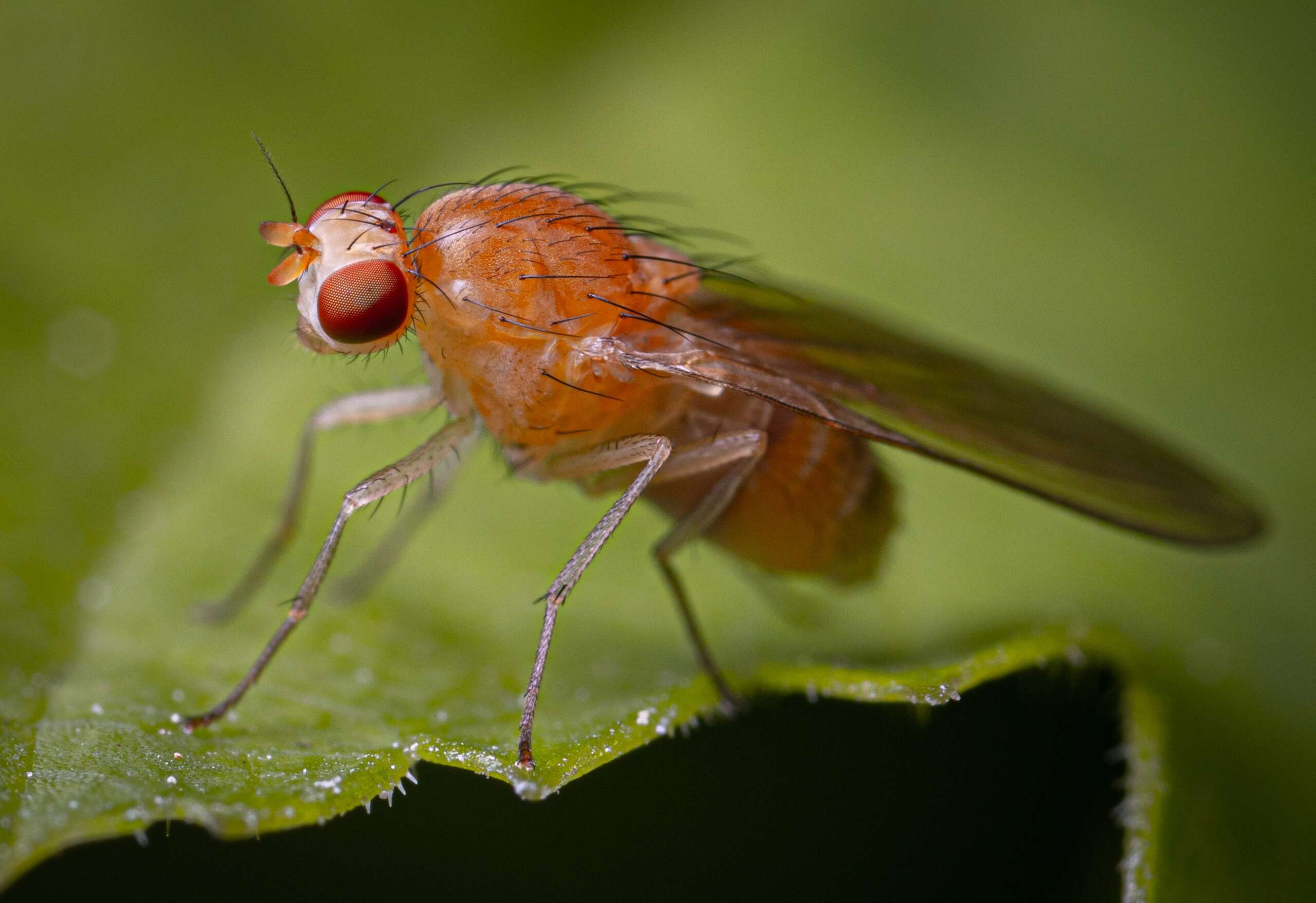
Introduction
Pest control is a vital aspect of maintaining a healthy and safe environment in homes, offices, and public spaces. However, there are many myths and misconceptions surrounding pest control that can cause confusion and prevent people from taking appropriate measures to prevent infestations. In this article, we will debunk some of the most common myths and misconceptions about pest control and provide accurate information on how to prevent and manage pest infestations.
Myth 1: Pests only infest dirty homes
Many people believe that only dirty homes attract pests, but this is not true. Pests such as cockroaches, rodents, and bed bugs can infest any home, regardless of how clean it is. They are attracted to sources of food, water, and shelter, which can be found in any home. It is essential to maintain cleanliness and proper hygiene to prevent pest infestations, but this alone may not be sufficient.
Myth 2: Ultrasonic pest repellents are effective
Ultrasonic pest repellents are devices that emit high-frequency sound waves that are supposed to repel pests. However, there is no scientific evidence to support their effectiveness. In fact, many studies have shown that these devices have little to no impact on pest behavior. Therefore, it is best to rely on proven pest control methods, such as traps, baits, and insecticides.
Myth 3: DIY pest control is as effective as professional pest control
While DIY pest control methods can be effective in preventing and managing some pest infestations, they may not be as effective as professional pest control services. Professional pest control companies have the knowledge, experience, and tools to identify and treat pest infestations effectively. They also use safe and effective pesticides that are not available to the general public.
Myth 4: All pests can be controlled with the same method
Different pests require different control methods. For example, ants can be controlled with baits and barriers, while bed bugs require a combination of heat treatment and insecticides. Using the wrong control method can be ineffective and even dangerous. Therefore, it is essential to identify the type of pest correctly and use the appropriate control method.
Myth 5: Pest control is only necessary when there is a visible infestation
Prevention is key to effective pest control. Waiting until there is a visible infestation can be too late and require more costly and extensive measures to control. Regular inspections and preventive measures, such as sealing cracks and crevices, removing food and water sources, and using screens on windows and doors, can help prevent pest infestations before they become a problem.
Myth 6: Natural remedies are always safe and effective
While natural remedies, such as essential oils and herbs, can be effective in repelling some pests, they may not be safe or effective for all types of pests. Some natural remedies can be toxic to pets or humans, and others may not be effective against certain pests. Therefore, it is essential to research and use natural remedies with caution and consult with a professional pest control company before using them.
Myth 7: Pest control is too expensive
While professional pest control services can be costly, the cost of not addressing a pest infestation can be much higher. Pests can cause property damage, contaminate food, and spread diseases, which can result in costly repairs, medical bills, and legal liabilities. Moreover, preventive measures and regular inspections can help detect and address pest infestations early, which can save money in the long run.
Myth 8: Pest control is harmful to the environment
While some pesticides can be harmful to the environment, many pest control companies use safe and eco-friendly pesticides and methods that have minimal impact on the surrounding environment.



